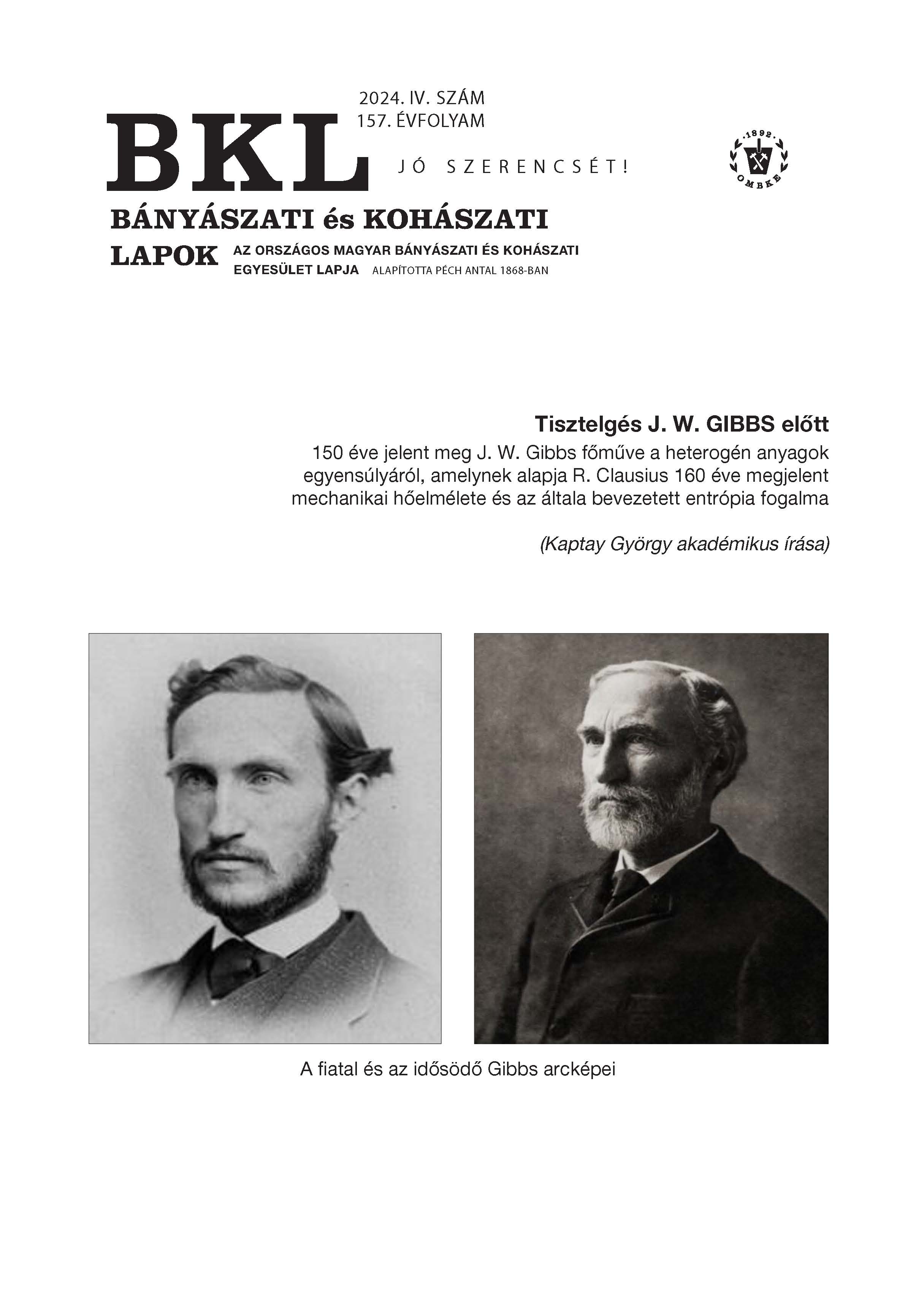Importance of removing oxide inclusions in modern rotor die-casting
Abstract
The possibility of removing oxides during rotor casting is related to the development of highspeed aluminum rotor research. This issue, brought to attention by an unresolved problem, has been discussed in the industry for a long time.
This study serves as supplementary research, and the experimental results provide a foundational solution for both manufacturers and consumers. The raw material studied is pure quasi-unalloyed aluminum (Al 99.7), which is used in rotor production. The high electrical conductivity of pure aluminum (Al 99.7) is due to homogeneous metallic structure, free from impurities and foreign phases. The purpose of the research is to apply a melt treatment using inert gas (nitrogen or argon) and a salting mixture, which reduces the concentration of dissolved hydrogen and oxide inclusions in the melt simultaneously. Another objective is to develop an optimal combination of aluminum treatment materials whose use does not significantly affect electrical conductivity. A complex method, aimed at improving the technological characteristics during gas and inclusion removal while elmaintaining constant conductivity, has been developed based on literature review and operational experiments.



